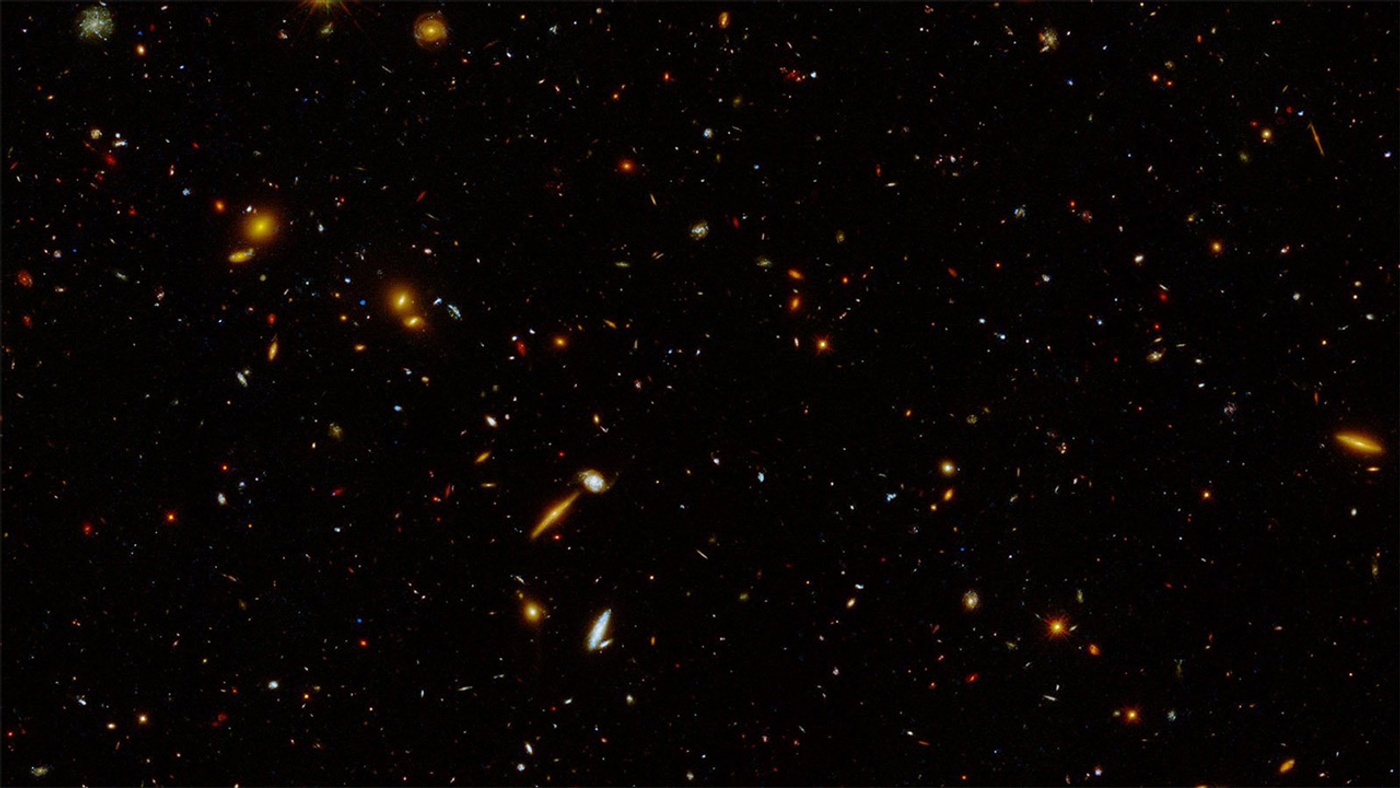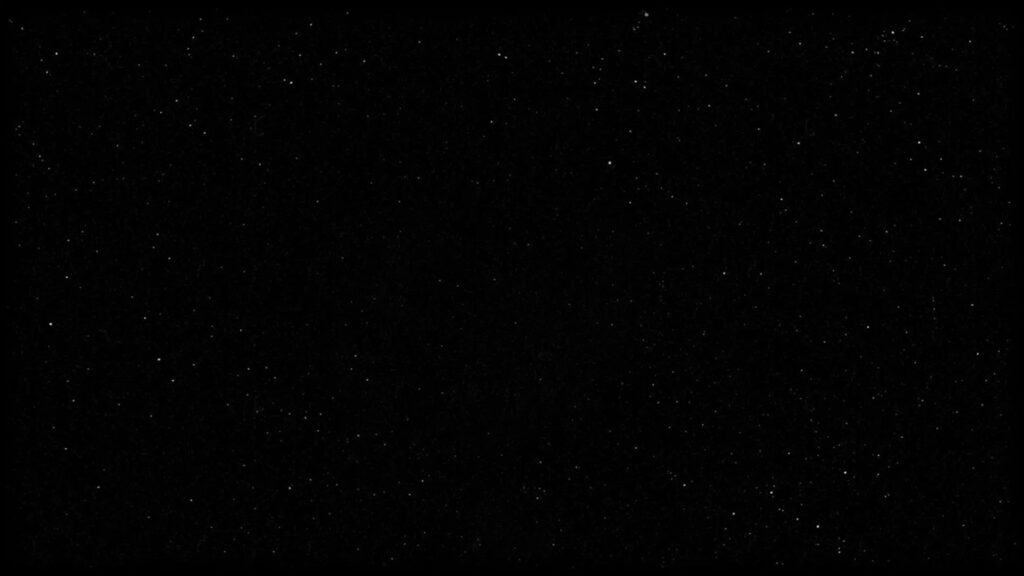When we look at the night sky, the darkness we see might not truly reflect the real face of space. Scientists explain this situation through a contradiction called Olbers’ paradox. Since the universe is constantly expanding, light from distant galaxies stretches during its journey, turning into infrared and microwaves. This transformation makes the light undetectable to the human eye. Consequently, these lights become invisible to the naked eye, and space is perceived as dark.
The Role of the Atmosphere and the Light Reflection Process
Additionally, another reason for space appearing dark is the absence of an atmosphere. On Earth, the atmosphere scatters light from the Sun, making the sky appear blue. However, there is no such atmosphere in space, and light travels directly from the source to the receiver. In space, which is almost a perfect vacuum, there are no particles to reflect light between stars and planets, so these lights do not reach our eyes.
Space Might Be Brighter Than We Think

However, a study conducted in 2021 revealed that space might actually be less dark than we think. Published in The Astrophysical Journal, this study analyzed the light from known stars and galaxies, showing that the background light of the universe is twice as bright as estimated. These findings suggest that the perceived darkness of space might stem from light sources that are not visible to the naked eye.
Source: Live Science , NPR


